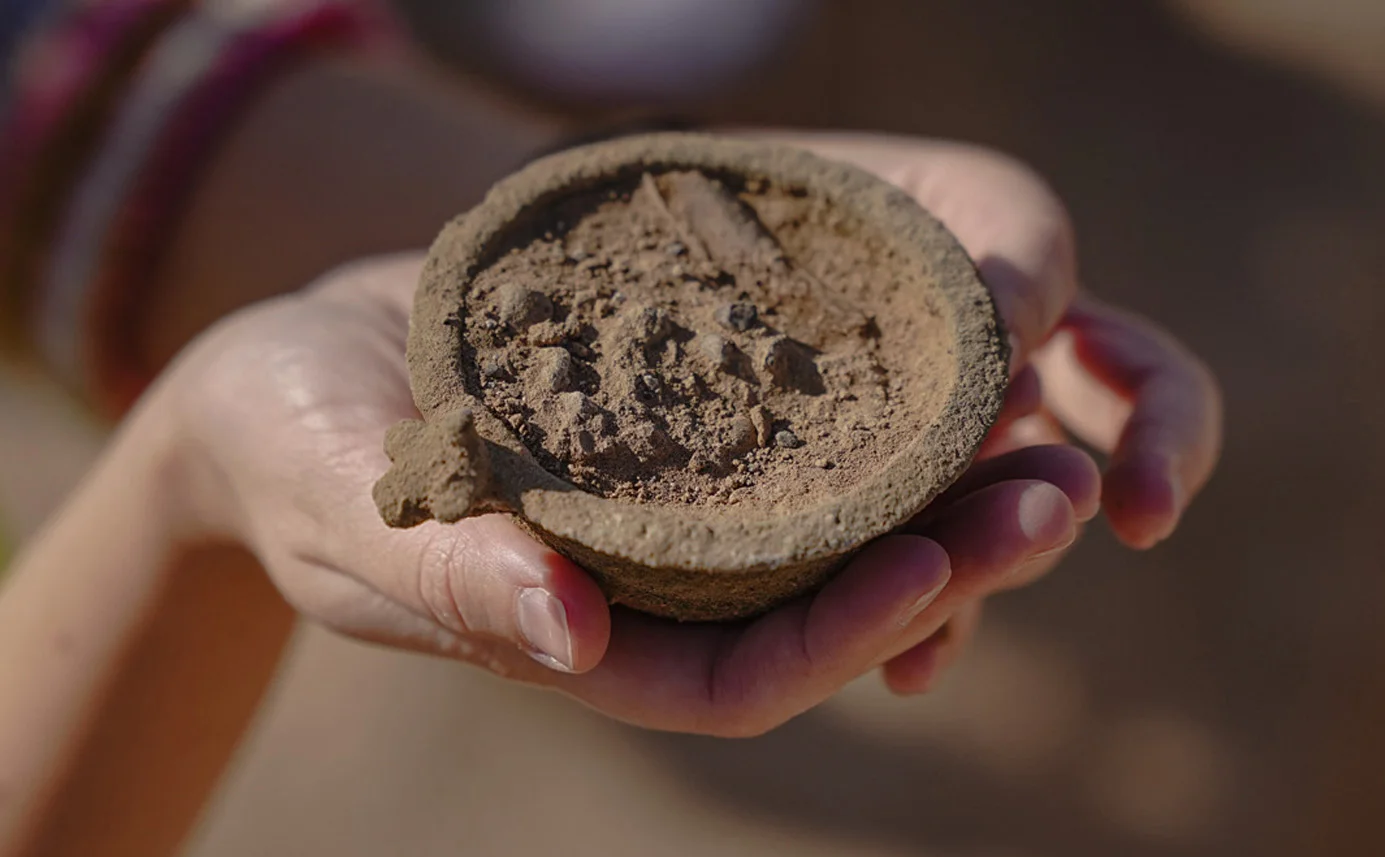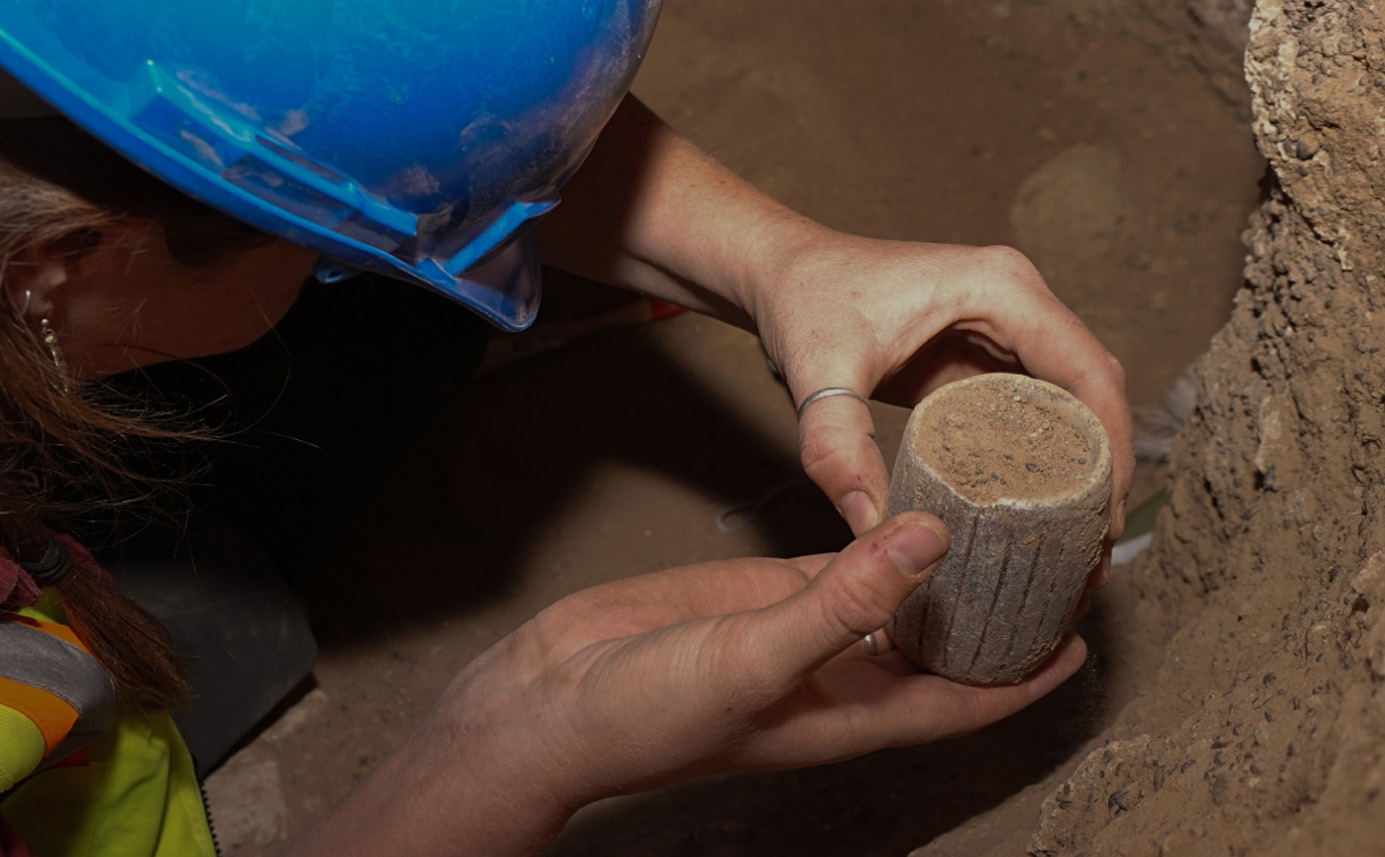The Department of Culture and Tourism in Abu Dhabi has announced the discovery of the first major Iron Age necropolis in the United Arab Emirates.
The necropolis was discovered by the Archaeology Section of DCT Abu Dhabi’s Historic Environment Department during investigations in the Al Ain Region
Experts have dated the necropolis to around 1000 BC during the Iron Age II. The site includes approximately 100 burials in rock-cut tombs, accompanied by funerary offerings and a variety of grave goods.
Jaber Saleh Al Merri, Director of the Historic Environment Department at DCT Abu Dhabi, said, “This discovery promises to transform our understanding of the ancient Emirates. For years, the Iron Age burial traditions remained a mystery, but now we have tangible evidence that brings us closer to the people who lived here 3,000 years ago. It reinforces our efforts to preserve, promote, and protect Abu Dhabi’s heritage for future generations.”
Each tomb was constructed by cutting a vertical shaft into the natural rock, extending to a depth of around two metres. The shaft leads to a small burial chamber where the deceased was laid to rest alongside grave goods.

Most of the tombs were looted in antiquity, however, archaeologists have recovered a range of valuable artefacts, including gold jewellery, decorated ceramics, carved stone vessels, bead necklaces, rings, and copper-alloy weapons such as spearheads and arrowheads.
A team of forensic archaeologists, including osteoarchaeologists, have carefully documented the human remains. An ongoing laboratory analysis will determine the age, gender, and health of the deceased, while ancient DNA studies may reveal family relationships and migration patterns.
Tatiana Valente, Field Archaeologist at DCT Abu Dhabi, said, “We know how people in the Bronze Age and Late Pre-Islamic period buried their dead, but the Iron Age has always been a missing part of the puzzle. We are now in a position to understand the evolution of burial customs over time and learn what these changes might say about the beliefs and traditions of the people who lived here.”
The discovery was part of the Funerary Landscapes of Al Ain Project.
Header Image Credit : DCT Abu Dhabi
Sources : DCT Abu Dhabi





